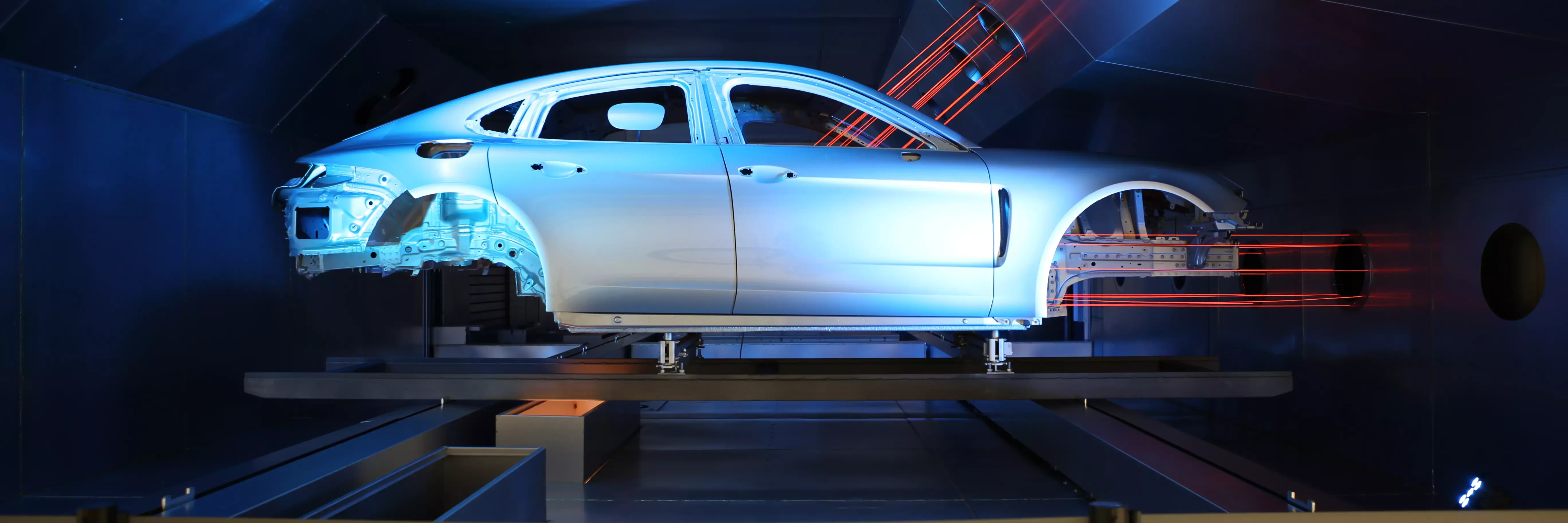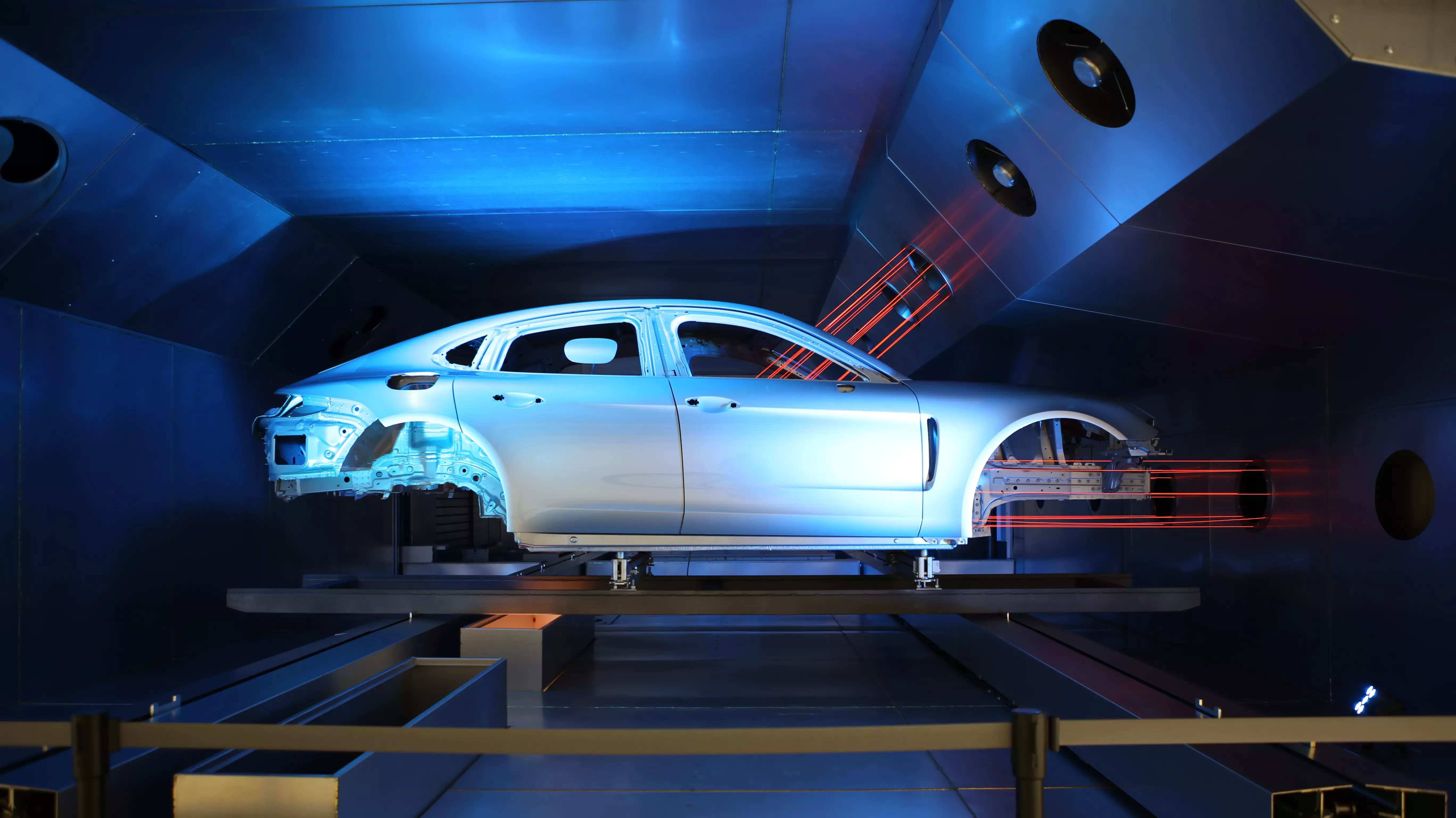The biggest energy consumer in the drying process is body drying. And its share of the CO2 footprint is accordingly high. By switching from natural gas to regenerative energy like green electricity, it is possible to reduce a conventional paint 'shop's CO2 emissions by about 40 percent, which is an enormous step towards climate-neutral production and greater supply security.
All Dürr ovens – from the traditional oven to the EcoSmartCure compact to the innovative EcoInCure with body drying from the inside – can operate with the energy sources of the future. In addition to favored green electricity, conversion to hydrogen and biogas is also possible. As a pioneer in electric ovens, Dürr demonstrates its expertise not only in the electrification of new ovens but also in brownfield retrofits. The machinery and plant engineering company offers individual assessments for existing plants to develop an optimal conversion concept so manufacturers can achieve short conversion times, and outstanding cost efficiency.
Reducing costs through energy efficiency
Further increases in fossil fuel prices are expected in the medium term, while the costs for regenerative plants are falling as the number of installed plants grows.
"We have developed a complete concept with several energy efficiency modules so that car manufacturers can already leverage environmentally friendly green electricity for cost-effective production," explains Heiko Dieter, Product Manager at Dürr Systems AG. "With a state-of-the-art insulation concept, skidless conveyor technology, and our EcoSmart VEC oven control system, we are coming at this from many directions".
Lowest exhaust air temperatures
The Oxi.X.RV air pollution control system works electrically according to the principle of regenerative thermal oxidation (RTO). Dürr is the only supplier able to offer a complete concept consisting of electrically heated ovens and electric exhaust air after treatment. Electric heating uses the RTO method, which decouples heating and air pollution control. Decentralized, compact individual units provide heat. The units have the additional benefit of streamlining the layout since large duct systems for supplying heat are no longer required. Highly efficient heat recovery means that manufacturers can use the energy in the exhaust airflow almost completely for heating fresh air. This reduces energy losses via the exhaust air to an unprecedentedly low level.
Needs-based control of the electrical supply
Another energy-efficient tool is the predictive EcoSmart VEC fresh and exhaust air control system. The intelligent software regulates the oven's electricity consumption by tailoring the energy demand to the exact number of bodies in the oven and reducing consumption during operation at partial load. Switching to skidless conveyor technology like Dürr's traverse technology also saves energy since the oven heats less material which needs to cool down later.
No change to the painting process with electric body drying
Dürr notes a sharp increase in the demand for electric ovens. “Currently, we have several projects in the pipeline. As the only paint shop supplier, we can offer a complete package for the electrification of dryers and air pollution control, combined with energy efficiency technologies for reducing operating costs”, says Heiko Dieter. “We are putting all this into practice with products from our portfolio. For our customers, switching to electric body drying is completely risk-free. With no change in the usual Dürr quality and no change in the drying conditions, the only change is in the energy source".


